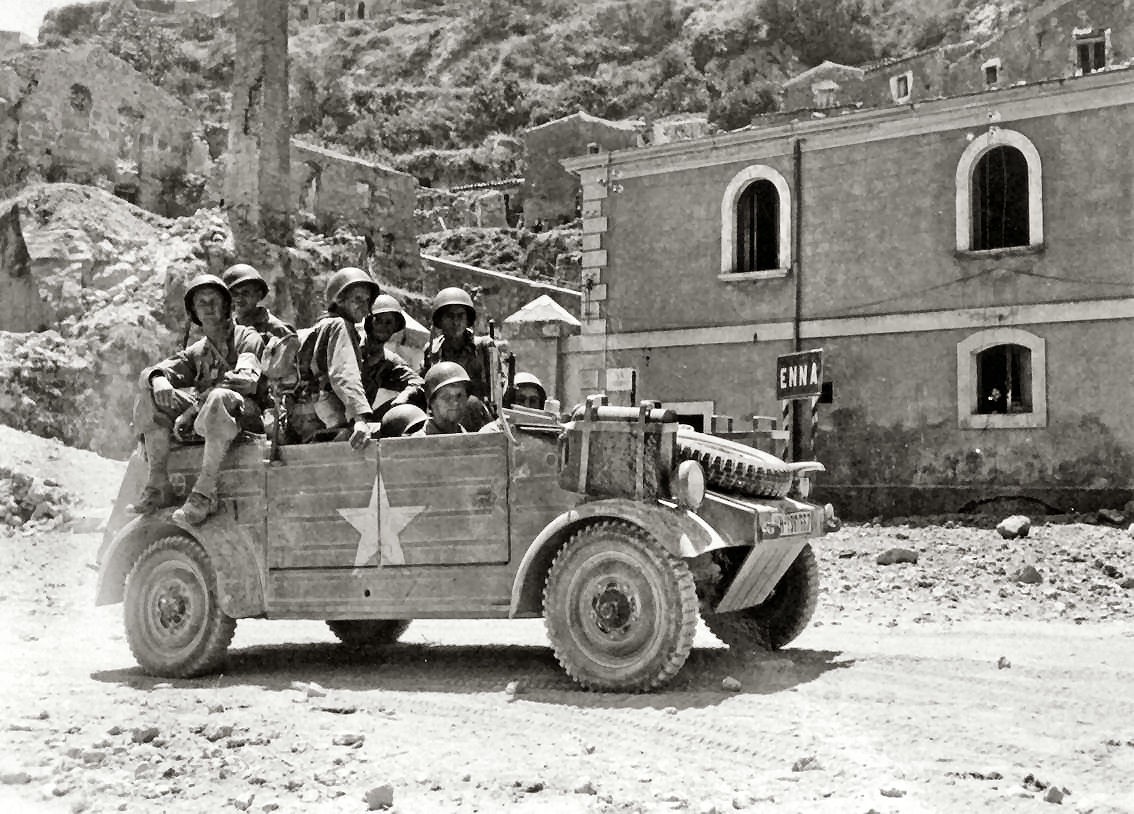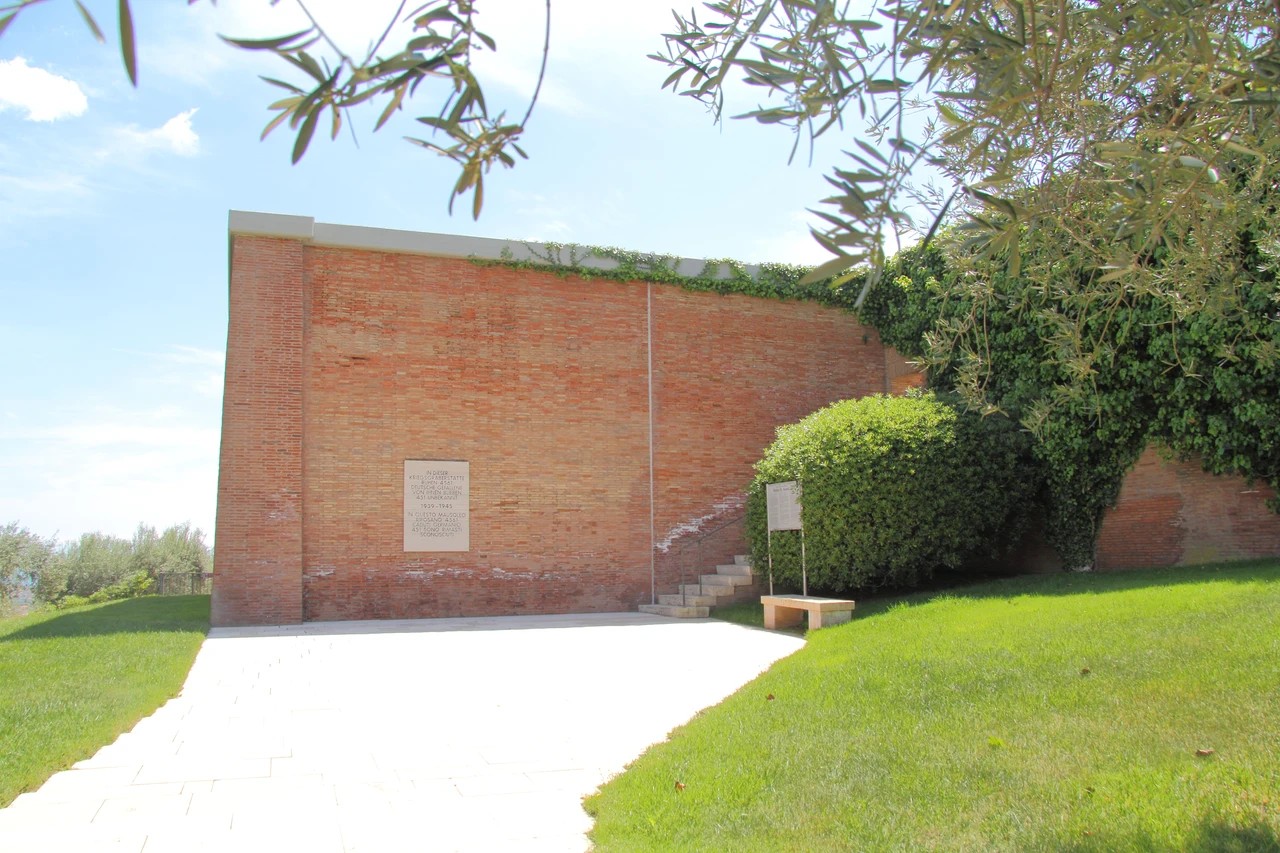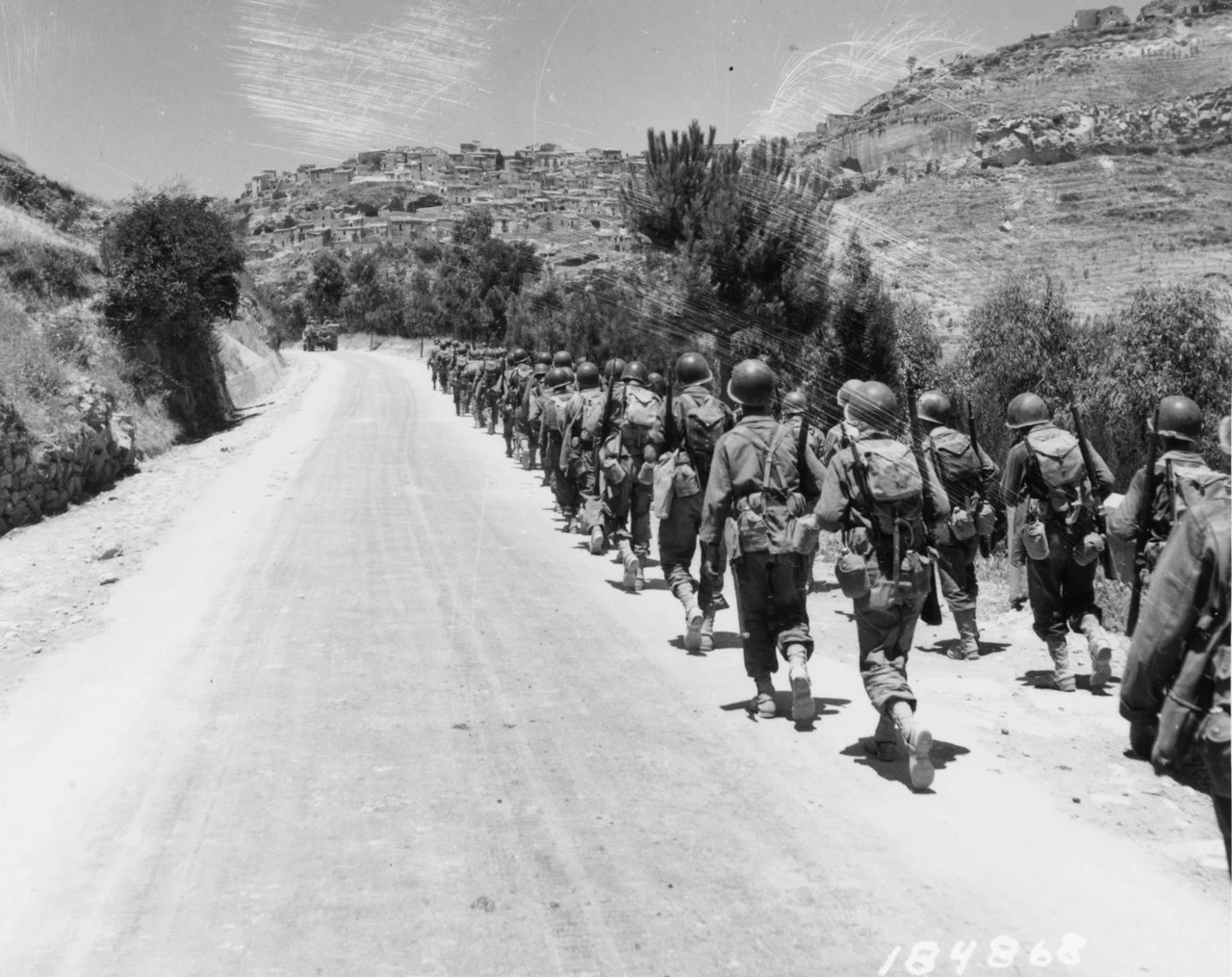Siracusa cemetery
Italy
Bookmark
Plan
Share
Directions
The Commonwealth Cemetery 3km from Syracuse houses over 1000 victims of the first days of the Sicily landings.
Syracuse was the first Italian capital to fall into Allied hands, and in the first days of the landing there were many casualties.
Many of the graves in the English cemetery' belong to men of the airborne forces who attempted to land west of the city on the night of 9 to 10 July 1943, when gale-force winds forced 60 of the 140 gliders into the sea and pushed others away from their targets. These fallen soldiers were initially buried in the municipal cemetery, but by the end of 1943 plans for a memorial had begun.
In 1953, following the agreement signed in Rome between Italy and the Commonwealth, 51 war cemeteries were established on national soil, three of which were in Sicily (the other two in Catania and Agira), managed by the Commonwealth War Graves Commission (CWGC).
The cemetery in Syracuse contains 1059 victims of the Second World War, 134 of whom are unidentified. In addition to Commonwealth soldiers (985 British, 41 Indians, seven South Africans, five Australians, four Canadians, one New Zealander), there are also three Greek soldiers, two Dutch and six of unknown nationality. Also laid here are the ashes of several British war widows, who expressly requested to the CWGC that they be buried next to their husbands.
The cemetery, designed by Louis De Soissons, begins with a portico (roof over columns) with a tabernacle. Then there is the Holy Field, divided into two parallel rows of four sectors. At the back stands a large white marble Latin Cross. Inside the structure there are four monuments, one bearing the inscription 'Deemed to be buried in this cemetery' and others ‘Their glory shall never be obliterated'.
The tombstones, placed vertically following the typology of Anglo-Saxon cemeteries, have a Roman numeral, a capital letter and a number. These indicate respectively, the sector, row and the grave/ The name, date of death, age, symbol of the professed religion, badge of the corps and soldier's rank are also indicated.
In 1955 the cemetery was visited by UK wartime Prime Minister Winston Churchill, and in 1990 by Prince Edward Duke of Kent. It is maintained by British citizens, such as Ian Harrison who organised the 80th landing celebration there in 2023.








